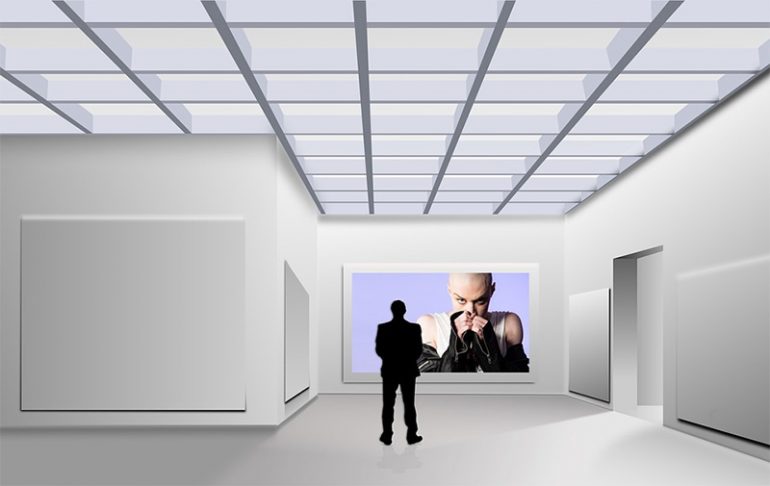It was the beginning of the 19th century when graphic illustrators started to refine their art by integrating shapes, patterns, and designs into their craft. This art movement was actually started by a young graphic artist who died at the age of 26. Though he didn’t stay long, he was able to create his unique interpretation of the whole art nouveau style. That many artists have attempted to recreate in the course of the 20th century.
Oscar Wilde and Other Artists
Oscar Wilde was one of the well-known literary figures of this period. He was a man of different creative designs, and he specifically picked this significant figure in the history of Art Nouveau style to come up with the imagery for his exotic story. He used grand lines, dark eroticism, and exciting arrangements to tell his story.
A vivid interaction between negative and positive space determines Wilde’s remarkable style. This art connoisseur utilized courtly patterns on a delicate surface, entrenched by voluminous borders and negative space. The outcome was expansive and gorgeous, functional across the whole visual plane and broke the idea of symmetry.
Though the main characters in his story have very basic outlines, their clothing and props were made with full details. The controversial contrast between basic and complicated gave life to his art.
During that time, Wilde’s work was seen all over publications, which made it famous throughout Europe and the United States. Different artists mimic his work, and until today, most of his art is still reproduced in posters and prints.

Another graphic illustrator focused more on utilizing sharp lines and fluid contours, which dubbed him as the founder of proper art nouveau poster. His most famous work includes tall, thin and graceful young girls, who were dressed in loose clothing. The teens have long flowing hair which runs down their heads, then evolves into more creative shapes. The signature work of this poster artist always includes willowy figures, which depicts the body of a woman. These complicated yet intricate arrangements have different influences including Hebrew characters, Byzantine mosaic art, origami, Japanese woodcut, Moorish and Arab embellishments, and Celtic themes.
Poster Art
Poster art significantly developed in the 19th century. At first, it was just utilized as a sort of advertising medium and then it drastically transformed as an art form. Though books are available in black and white print during that time, posters were printed in vibrant colors, which only show the influence of art among the people.
In the present, the works of these art nouveau artists can still be seen in reprints and books. There are distributors who individually sell poster art from the 19th to the 20th century. There are a lot of them in substantial antique markets, and they usually have stand-alone stalls that you can visit. These classic art pieces are still in excellent condition because dealers guarantee that they are well-preserved. They typically cost a lot, so make sure you have your cash ready in hand when you go visit the marketplace.
Photo Attribution:
Featured and 1st image from https://pixabay.com/illustrations/painting-art-gallery-open-caught-1877761/
2nd image from https://en.wikipedia.org/wiki/File:Alfons_Mucha_-_F._Champenois_Imprimeur-%C3%89diteur.jpg
